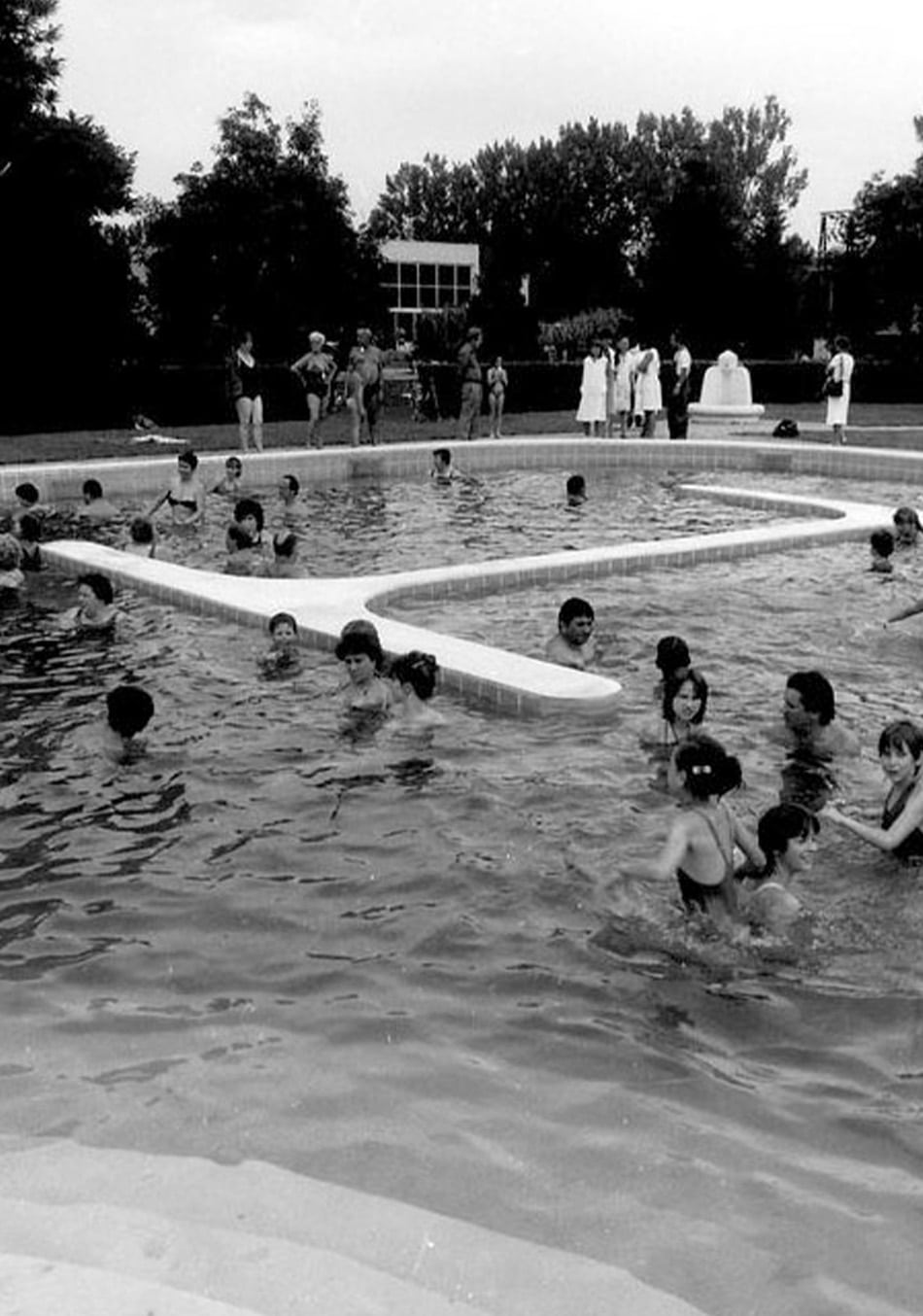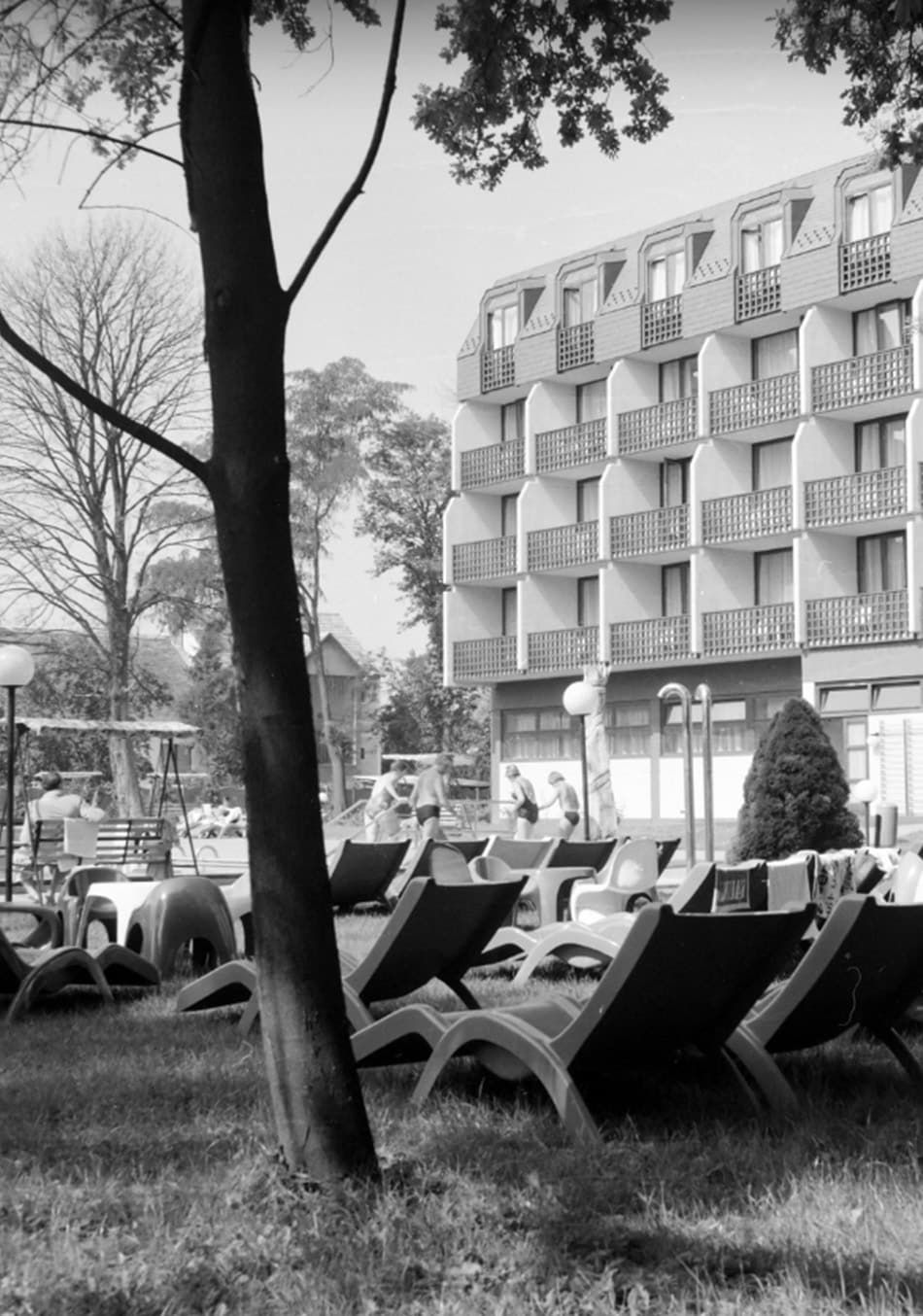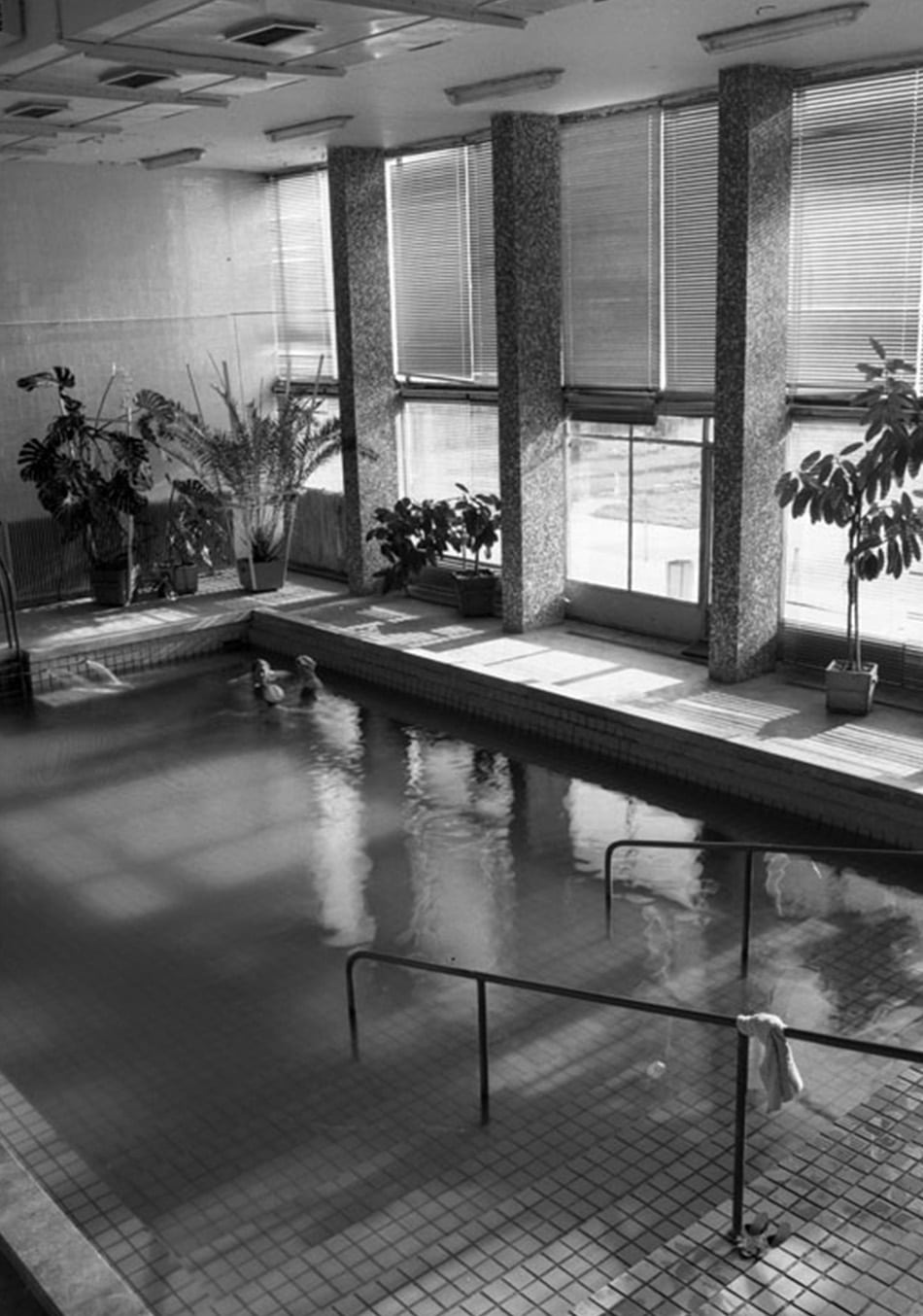About us
Location
Sárvár is a small town with a long history in Western Transdanubia, situated on the banks of the Rába River, the geographical axis of Vas County, in the estuary of the Gyöngyös stream.
History of Sárvár
With a rich and varied history, the Rába Valley settlement – which is worth visiting not only for its thermal waters – has accumulated many tangible and cultural treasures over its more than a thousand-year history.
Review
After the Turkish invasions, the humanistically educated Tamás Nádasdy established one of the cultural centres of the decaying country in Sárvár.
The first surviving product of the printing press is a Latin-Hungarian grammar book, A Grammatica Hungarolatina, published in 1539 by master teacher János Sylvester.
The orchard of Tamás Nádasdy and the collection of art treasures of the family, which rivalled the similar collections of European princes and continued to grow over the following generations, also gained great fame. At the court of Tamás Nádasdy, noble youths learned courtly and chivalric life, while noble daughters learned the skills of domestic management in addition to intellectual cultivation.
The Defence system
It was during the Nádasdy family’s nearly one and a half centuries of ownership between 1534 and 1671 that the castle acquired the late Renaissance form that is still recognisable today. The castle’s pentagonal defence system, which can still be admired today, was built by Ferenc Nádasdy (1555-1604), son of Tamás, and his grandson Pál Nádasdy (1598-1633) to ward off an expected Turkish attack. The age of the Nádasdy family still defines the structure of the town. Settlements such as Péntekfalu, Tizenháromváros and Hegyközség began to be settled at this time.



Sárvár, the healing magic
Experience mind-body harmony with personalised lifestyle programmes!
Combining nature and modern science - the basis for effective beauty treatments.
Melea – The Health Concept provides each guest with a unique meal plan.
83 rooms and suites with spectacular views on the shores of Lake Boating Lake, where it's all about idyllic holidays.




